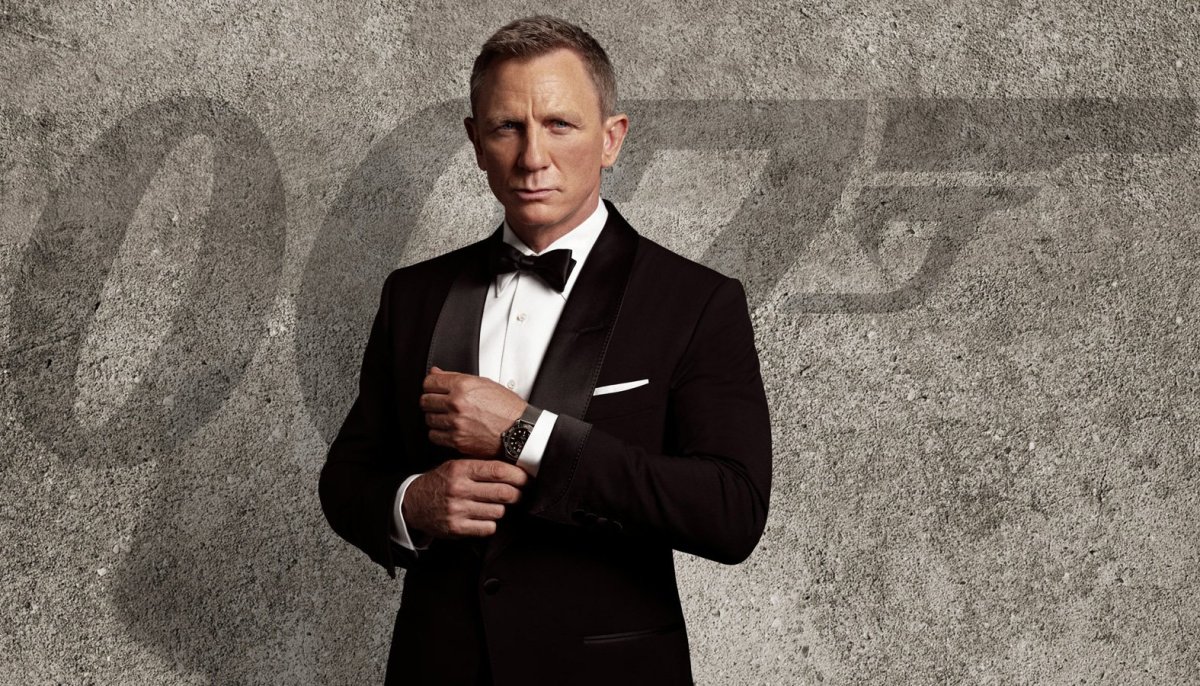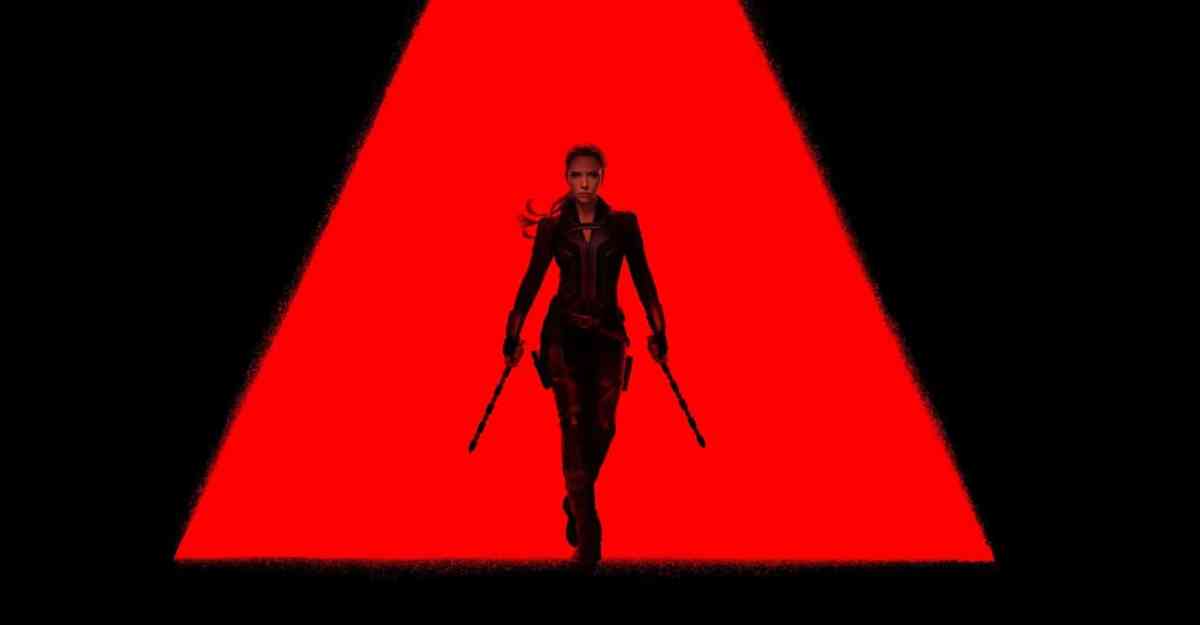
It’s no secret that PlayStation All-Stars: Battle Royale bears more than a passing resemblance to Nintendo’s famous brawler with a similarly long-winded title, Super Smash Brothers Melee. Even so, Sony’s entry to the genre deserves to be judged independently, and for that, you can read our review right here. But while the merits and flaws of PlayStation All-Stars are its own, there’s no question that some of the most curious about this title are going to be SSB players. After all, it’s been four years since they’ve seen a new title, and more than ten if you go back to Melee, the last to bolster the cult following for which the series is famous. Many of those players are a pretty serious bunch, and with PlayStation All-Stars positioning to be the first direct “competitor” on the market (albeit for a completely different system), it leaves one simple question on people’s minds: If I liked Super Smash Brothers, will I like PlayStation All-Stars?
Of course, no one but you can answer that definitively, but if you’re wondering whether or not you’ve at least got a shot at finding another brawler to eat your life up (or if you’re just morbidly curious as to how much of a rip off PlayStation All-Stars actually is or isn’t), here are the facts, direct-comparison style:
THE ROSTER:
What’s the Same:
PSA has built a diverse roster of characters, all from PlayStation’s dense library of IPs. Much of the game’s appeal is meant to stem from your connection to the character from his or her “home game”, and the fun of mastering more than one of them comes from having a history with what’s hopefully a good chunk of the lineup.
What’s Different:
PSA boasts just 20 characters (22 if you count the upcoming free DLC) compared to Melee‘s 25 and Brawl‘s 35, however, somewhat remarkably (with the minor exception of Good Cole and Evil Cole) none of them are clones. It’s clear that a lot of time and effort went into making every single character feel extremely distinct, with no two so much as sharing a basic punch attack. Though technically fewer options, the variety found between contenders matches, if not overtakes that of SSB.
MOVE SETS:
What’s the Same:
Fighting is controlled exclusively by single-button attacks, with each primary button (such as the triangle on PS3 or B on GameCube) governing a certain category of movesets. The few combos that exist are organic, never requiring the memorization of large input strings, meaning the power of an attack is never tied to the complexity of executing it.
What’s Different:
While every attack is themed after each character and their home game, PlayStation All-Stars manages to make its move sets both more varied and “appropriate” than SSB. First, there is no standard attack button (A in SSB), opening up that input for a full range of additional specials (input, up+input, down+input, left/right+input, air+input). Yes, it’s common that the square button often governs the fastest, lowest impact moves, but it varies in execution between characters. PSA also doesn’t assign a duplicate button to jumping, opening up its characters to yet another special moveset for a total of three, compared to SSB‘s one. This leads to a variety present not only in the roster, but from within the individual characters themselves.
With the exclusion of a standard attack, however, comes the exclusion of the “smash”, SSB‘s timing dependant power-hit. That sense of timing and execution exists with some character’s various special attacks, but nothing so uniform and ubiquitous.
Attacks in BR also feel more fitting to each character, giving a larger sense of controlling the fighter in his or her home game than SSB achieved. Mario, for example, had four special attacks thematic to him, but not representative of how he actually fought (with the exception of his fireball attack). Mario generally jumped on his opponents, however, in SSB, jumping on an opponent doesn’t cause harm. Compared to Kratos, whose moves not only match his strategy in God of War, but often the exact inputs, Mario isn’t quite as true to Mario. It’s an effect that isn’t exact science, and says nothing of balance or how well or poorly a character plays, however is worth noting to those playing as series fans.
THE VICTORY CONDITION:
What’s the Same:
Players can choose between a timed match limit, or a stock-based match limit. There is only one winner.
What’s Different:
Victory is the single largest difference between Super Smash Brothers and PlayStation All-Stars. While in SSB, hits cause damage that, in turn, governs gravity’s affect on the damaged character, PSA has completely removed the ideas of damage, changing gravity, or maneuvering for ring-outs. PSA characters fight to generate “All-Star Points” that charge a super move meter. The meter can be filled up to three times before a super move is executed, and depending on its charge, will create one of three supers of varying strength. Any connection between a super and opponent causes instant death, and that process is the sole method by which to score.
The super methodology creates balance issues for PSA that SSB doesn’t have to manage, namely the killing/scoring power of each move per character. Like standard attacks, supers are extremely varied in both the way they’re executed and the injury they’re able to cause. Because these moves are the only way to score, however, their balance, separate from the regular move-sets, becomes the most important factor in determining a match’s outcome. Some max-level supers are inarguably better than others, though the only way to execute them is to have first performed well enough in battle to charge the meter.
Unlike SSB, PSA‘s victory condition moves the gameplay from knocking people off-stage to performing amidst a constant state of aggression. Tactically, map position no longer dictates strategy beyond attack range, and there is no consequence beyond another person’s AP charging for being repeated struck. While in SSB, the effect of poor play is permanent until killed, dodging a super in PSA completely invalidates all of the attacks you absorbed in allowing it to be built.

LEVELS:
What’s the Same:
Each match is played on a 2D plane built of various platforms, and designed from a series you’re likely to be familiar with if you’ve played enough titles on the system. Often, the stage will interact with the match in different ways, either shifting platforms or attacking the players without bias.
What’s Different:
At only 14 arenas, there are far fewer stages than both Melee (29) and Brawl (41!). That being said, every stage in PSA is designed after more than one property, leading to some visually exciting, fun scenarios, such as a giant Master Onion boxing a mech in the distance, or a group of Patapons serenading you through Hades. The delayed “invasion” of one game into another is a neat atmospheric effect, but generally won’t affect the actual gameplay.
While a level’s interference won’t cause massive shifts in overarching strategy, it does feel tempered and fair, never altering the course of things or unfairly giving you a disadvantage by happenstance. Most interactions are telegraphed in advance, like a reticule slowly approaching center stage, so you’re only punished when failing to react. If you do take a hit from the stage, in whichever way that may happen, consequence is trivial and never lethal.
While you can generally categorize SSB‘s levels into minimalistic (such as “Hyrule Castle” and “Final Destination”) and active (“Brinstar” and “Icicle Mountain”), PSA takes an even middle ground throughout. The end result is a series of maps that all achieve that wonderful balance of participating in the match without governing it. With such a flush approach to design, however, stages infrequently play much differently. With a few notable exceptions, such as the beginning of the Uncharted-styled “Stowaways” stage, where you’re crammed into the small cargo section of a plane, you’ll rarely feel the need to adjust your strategy to the landscape. Minimal vs. active was always a divisive topic in Smash Brothers, so depending on your preference, this may win you over or turn you off.
ITEMS:
What’s the Same:
Items appear intermittently across the map during matches, offering a variety of new options and random times.
What’s Different:
Item’s in PSA are almost exclusively combat-based, eschewing most of the unique special effects to be found in SSB‘s inventory. With few exceptions, most pick-ups are axes, bazookas, claws, or the like which drain AP more effectively than standard attacks. Compared to SSB shells, mushrooms, hammers, stars, flowers, and motion bombs, there’s barely much of interest.
Items are also no longer able to be thrown, giving most a short-lived effect, followed by depletion and disappearance or a player optionally dropping it harmlessly back to the ground.
SINGLE PLAYER:
What’s the Same:
PSA offers a single-player story mode, as well as challenges to complete. Quick, somewhat customizable matches against AI in either free-for-all or 2-v-2 are also on offer.
What’s Different:
While the Melee‘s single-player campaign relied on the game’s central fighting mechanic, it also introduced interesting, unique matches, such as fighting an army of Yoshis, a metallic Mario, and some enjoyable minigames keeping things fresh. PSA puts nearly nothing on offer, opting to do little more than string random matches together.
Both campaigns end in a boss fight, but while SSB had players square off against Master Hand, a giant glove capable of unleashing a bevy of attacks unique to him, PSA ending stage is a laughable attempt at dressing up what’s really just one more match with old, unused Sony Mascot Polygon Man hovering in the background. You’ll fight a random character as normal, and once dead, Polygon man will come into the foreground and rest his head helpfully on the stage for you to hit from any angle with any attack – supers not required. He does manage to hit you once on his way in, but in a game without damage, this naturally has no effect.
Challenge modes are slightly different as well, offering 40-some-odd challenges per character that often don’t amount to much more than attempting to win using nothing but a certain button. There is nothing comparable to SSB‘s special versus matches, “Home Run Contest”, “Target Test”, “Adventure Mode”, “All-Star Mode,” or Brawl‘s level editor or more robust character campaigns.
MULTIPLAYER:
What’s the Same:
Up to four players each choose a character and a map, agree on match conditions, and fight. In the absence of human players, computer-controlled characters can be added at varying AI difficulty.
What’s Different:
Unlike Melee, but sort of like Brawl, PSA offers an online mode of play. The advantages and differences of online options often fall to the advantages and differences of the Wii’s online capabilities, and Sony’s PSN. Aside from the network governing them, PSA has added the option of competing in ranked matches, and a monthly league.
Each character is attached to a “level”, a number that directly reflects how much a character has been used. When playing online, it’s a simple visual representation of how well-versed a player is with the character he or she has chosen.
UNLOCKABLES:
What’s the Same:
Completing various tasks will earn certain in-game features. The more you play, the more you get.
What’s Different:
PSA begins with all levels and characters unlocked, placing all players on an even playing field from the first moments with the game. Other vanity items are unlocked the longer you play, generally on a character-by-character basis. These include alternate costumes (which SSB offered from the start) as well as online emblem components and variations on the character’s entrance and defeat animations.
Most unlocks are governed by a character’s earned level, with clear, outlined goals on how to get there. Levels are gained by performing any action (matches, challenges, etc.) with a given character. The more you use someone, the more of his or her items you’ll receive.


